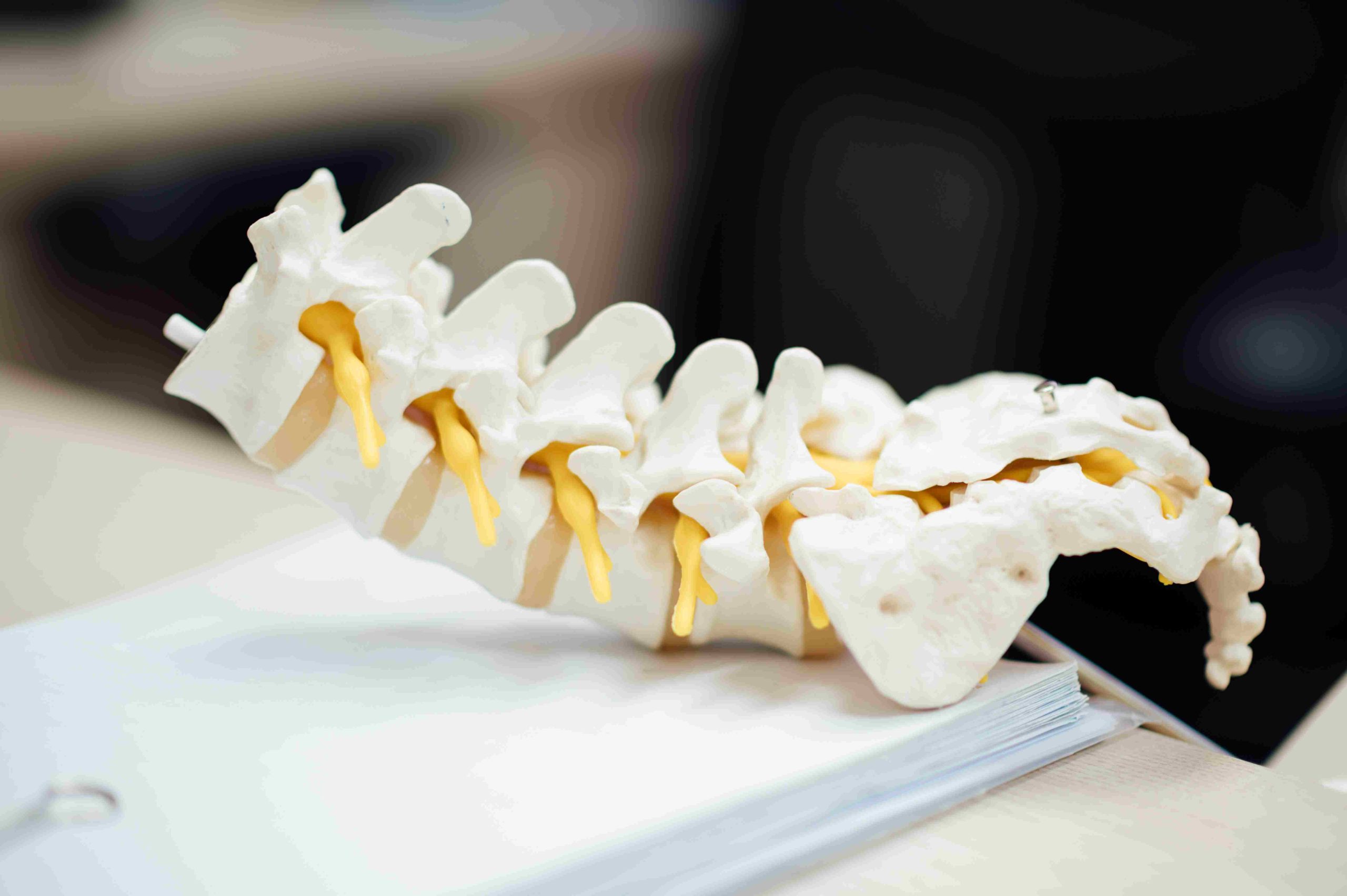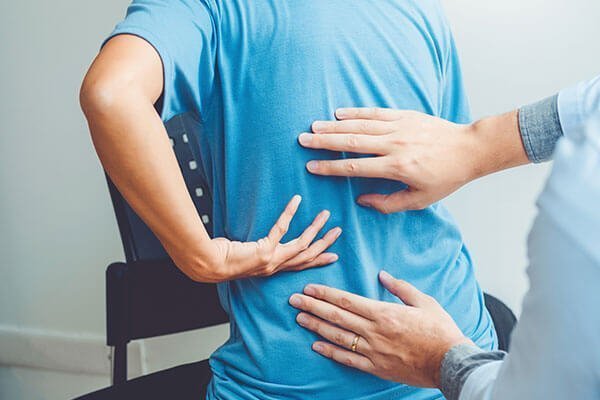Back pain can be absolutely debilitating. It has been said that ‘you can’t understand someone until you have walked a mile in their shoes‘. I now understand the trials and tribulations of those who suffer acute back pain.
At the tender age of 53, I have taken up a new sport, CrossFit. Part of CrossFit is learning new movement patterns. I have swum for over 50 years, and I liken this movement pattern to doing a butterfly stroke. I soon realised that the water is a much softer and safer place to make a mistake.
The movement I was learning at the time was ‘toes to bar’. As I was hanging from the bar, coming forwards with my feet in the air, my hands slipped, and I lost my grip. I came shuddering back onto the rubber mats, landing on my right hip and back, bouncing as my body touched the ground. I immediately felt an acute stabbing pain in my lower pelvis area. I knew something was wrong.
The trainer and the rest of the group told me to stay still. Little did they know, I could not move anyway. I was trying to collect my thoughts: what had happened and then what I had done. I could not move. I could not roll. I knew what to do, but my body would not respond.
I tried to get up and had no response. I waited and waited for the adrenaline to kick in. Eventually, I rolled, and I tried to move. Cat -Cow first, I thought, whilst I was done on the ground to see what movement I could do. As I pushed into position, nearing weight through my right leg was excruciating. I moved around and eventually found comfort. The adrenaline was kicking in. I was helped to my feet, hopped onto a bike, and then a rower.
I could do it. I got to my feet and walked to my bag. I could not bend to pick it up. Then the nightmare began. I started to walk to the car and virtually collapsed, being assisted to my car. I sat in the car and gathered my breath. I was comfortable but dreaded walking up our drive. Adrenaline.
I got home and somehow managed to make it to the kitchen unaided. I got to the freezer.
I needed ice.
I collapsed on the floor in the kitchen with an ice pack, beginning my first aid and recovery journey. Following are the lessons I learned to help me to get back onto my feet and back into life in the quickest possible time.
1. Ice
The very first thing that I reached for was an ice pack. We keep multiple in the freezer. The ice aims to decrease inflammation and hence decrease pain. After the incident, I applied the ice ASAP in a pattern of 10 minutes on, 10 minutes off and 10 minutes on again. This icing was also combined with the last bit of my shower, turning off the hot water and having the cold water run over the injured area.
2. Support
I utilised two types of support. The first was a pair of crutches we keep in the house, enabling me to be mobile. The second was a back brace given to me by my chiropractor, which I wore to provide support and stability while I healed.
3. Adjustment
I called my chiropractor. I knew that what I had done needed to be adjusted. A chiropractor can use many different techniques, depending on the patient’s needs.
As soon as he gently touched my pelvis, I jumped through the roof, so the approach to care had to be different. I had an X-ray before to ensure I had not fractured anything from the trauma. The before and after effect of the adjustment was terrific, allowing my body to heal in a better position rather than building up scar tissue with my body in a non-beneficial position and having to break it down later. Plus, I made it up and down 40 steps unaided, with crutches and without pain medication.
4. Medication
Even though I am a huge advocate of not taking medication, I took it (Maxigesic). I did not take the recommended dose; I took a lot less. I wanted to know what reality was like. I wanted to know what I could do whilst on the medication and what I could do whilst not under the influence.
This is the first time I have taken these tablets for this amount of time. I had only taken one or two of these meds when I broke my arm. I do not take Neurofen or Panadol. I have no pain or anti-inflammatory medication tolerance, so the effect in my mind is better. The more you can refrain throughout your life, the better. I also upped the Omega 3 Fatty acids that I take each day.
5. Avoid Inflammatory Foods
This tip came from Ivanka. Quite simply, the Western diet is very inflammatory. White flour (bread, cakes, biscuits), white rice, and corn (including corn syrup as an additive in processed food) form a major part of our diet. I personally avoid these foods – not just now but for life. I eat a whole-food diet, more like a Paleo diet.
6. Recommence Movement
Movement is essential. Chiropractic care leads to specific intersegmental motion. Your day-to-day movement involves a gross range of motion.
When injured, do not push yourself – move within your comfort zone. The big picture here is to move! Avoid twisting, and keep your movement forward/ backwards, side to side, or up/down. Keep it simple.
The most challenging movements, apart from initiating movement that you will find will be in and out of bed or turning in bed, in/out of the car, up/down from a seat, or getting dressed.
7. Accept Help
This was one of the hardest things for me to do. However, I was grateful that there were people around who cared. Accept that this will be only a short part of your life, and things will change. On top of this, do not overdo it. Your body needs to heal, so the less you do, the better.
8. Plan Your Day
Make each day meaningful and set a small goal each day and achieve it. Goals such as standing unassisted, getting myself out of bed, walking unaided, and spacing out pain medication were all physical goals.
Rather than wasting my time away watching Netflix or being caught in a death scroll on social media, I looked at what I could be doing constructively for work or home.
I projected when I could exercise again and what form would be best. Every day though, I would start by making my bed. As outlined by US Navy Admiral William McRaven, in that one simple action, you will accomplish the very first task of the day, giving you a small sense of pride and encouraging you to do another task, and then another! By the end of the day, you will be set up to complete many tasks by simply doing that one task.
9. Principle #6: The Principle Of Time
Chiropractic is made up of 33 Principles. Principle #6 is the Principle of Time. It states that there is no process that does not require time. Your body is a self-healing, self-regulating organism. In order for it to heal at the rate at which it is capable, it requires time. What you have done in the past and the present will determine the healing rate. This leads to Point #10.
10. Your Lifestyle = Your Results
I believe that how people live determines how well they heal. Health problems are caused by two things: Toxicity and Deficiency.
Many things can be toxic to your lifestyle and put your body at risk of disease, including too much:
- Stress
- Drugs
- Medication
- Alcohol
- Stimulants
- Computer time
- Smartphone usage
- Sedentary behaviour
- Poor food choices
- Insufficient movement/exercise
- Lack of water or whole foods
I have been under chiropractic care for over 30 years, I exercise frequently, I eat a 100% whole food diet (80% of the time!!), I drink a lot of water, and I do not smoke or drink (much). My body’s rate of healing has been quite good.
I have also had to take my own advice. Advice that I have given out for over 26 years. The good news is that it works!
Access Chiropractic Care Today
If you’re looking for quality chiropractic care, book your appointment to a chiro in Chatswood today. Our team have experience assessing, diagnosing, and treating back pain and other conditions. We look forward to playing an important role in your recovery.

